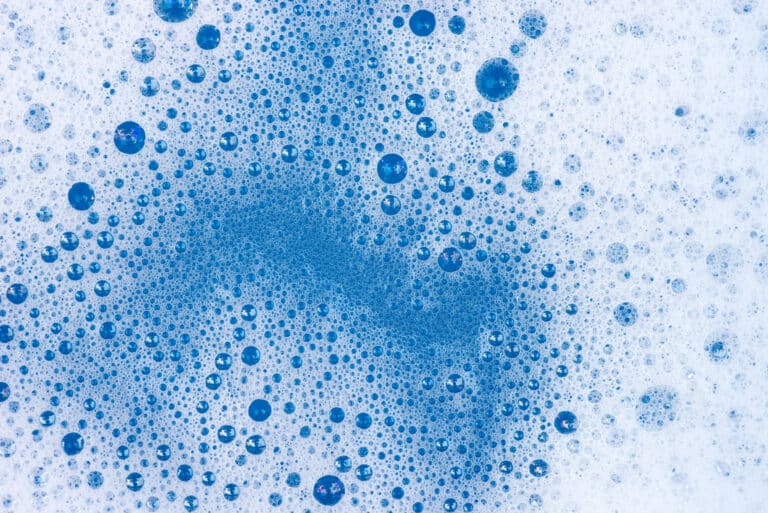Jetequip
Dilution of High Active Surfactants
One of the most widely used surfactant is SLES (Sodium Lauryl Ether Sulfate), as it is an inexpensive compound derived from coconut and is a very effective foamer.
Traditionally, SLES is supplied at 70% or 27%. It is used for the manufacture of cleaning products, soaps, shampoos and even toothpaste. Thanks to its capacity as a wetting agent and emulsifier, it is also used in the cosmetic and dermopharmaceutical industry.

The Process
All ingredients must be mixed altogether until uniformity is reached. As an example, a cleansing formula is produced as follow:
- Water: The process can be carried out in batches or continuously. It starts with water between 25 – 35 Celsius
- Primary Surfactant(s): The workhorse ingredient(s) required to remove soil from a substrate is added to the water, never the other way around. Surfactants must be slowly diluted while avoiding aeration.
- Co-Surfactant(s) This compound is used to add structure to formula and is mixed until uniformity is reached.
- pH Adjuster(s) Alkaline and/or acidic (e.g., sodium hydroxide and citric acid) are added to the mix
- Rheology Modifier(s) These ingredients modify the appearance, texture, and viscosity of the formula. Cellulosic, gums, alcohol and PEG esters are a few examples. They are added to the mix
- Preservative(s): Since cleansing product tend to be based on aqueous systems at relatively neutral pH, preservatives are critical to maintaining a micro-organism-free system. They are added to the mix.
- Miscellaneous Functional Ingredients: Final stage is to add ingredients that will give formula it’s characteristics that sets it apart, such as: emollients and moisturizers, rinse-off aids, UV stabilizers for colorants, pearlizing agents, antioxidants, color and fragrance
Meet your clean and aseptic
process specialist
Discover our custom-made solutions and modular sanitary equipment. We join forces with our expert partners to develop, design and integrate proven solutions.
The Challenge
High Active Surfactants and water are of widely differing viscosities. If surfactants are pumped into the water in the vessel, they are not easily blended by conventional agitators. This can lead to globules of surfactant remaining undiluted or being partially diluted.
- Long process times are required to ensure a uniform product.
- Some formulations are too viscous for conventional mixers and centrifugal pumps.
- Introduction of air greatly increases viscosity and produces unwanted foam, therefore aeration must be avoided.
Our solutions
A High Shear In-Line mixer has the capability to rapidly blend the water and surfactant, despite the widely differing viscosities, avoiding globules of surfactant remaining undiluted
A mixing tank designed by Jetequip assures optimal mixing times and results, while delicately agitating tank volume to avoid air entrapment and thus foaming
See nowThe Advantages
Jetequip is your ideal partner for sourcing single components such as pumps, mixers, mixing tanks and heat transfer solutions. Our expertise in mixing along our process knowledge drives us into integrating process equipment in turn-key solutions. We are proud to offer solutions with the following advantages:
- A High Shear In-Line mixer has the capability to rapidly blend the water and surfactant, despite the widely differing viscosities.
- The operation is carried out in a closed system, eliminating aeration.
- With large batches the dilution cycle can be commenced during water charging, further reducing process time.
- Systems can be configured for batch or continuous mode.
- Low or high viscosity solutions available.




